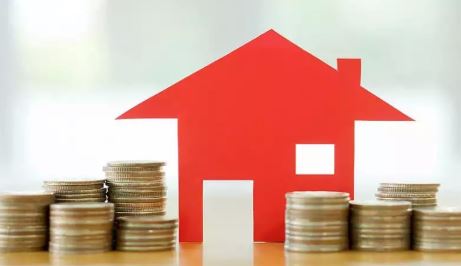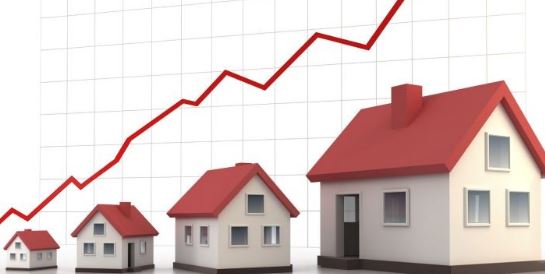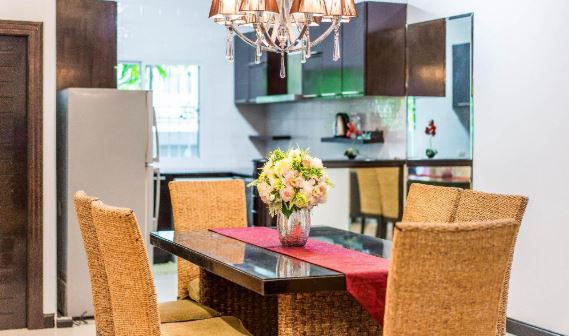
The reasons for real estate investment in Australia, if it is not to make money, most of them are used for self-occupation, such as immigration needs, work needs, or use for study abroad. Except for this, almost all are invested in order to obtain real estate value-added income and rental income
The facts also prove that there are indeed a lot of benefits in investing in Australian real estate, of course, the premise is to invest well. In many overseas countries, why do Chinese people prefer Australian real estate,
This has a lot to do with the steady improvement of the Australian real estate market over the years. First of all, from the level of fine decoration, the house bought in Australia is finely decorated. Only large furniture is needed. Apartments generally have ovens, dishwashers, and air conditioning “None”, you can check in after delivery.
Completely furnished
All living quarters in Australia are clean and tidy. On the one hand, residents care for them, and more importantly, property management is in place. Daily cleaning, regular carpet cleaning, swimming pool, gym, sauna are well maintained, and safety inspections including fire prevention are also very careful to ensure that residents have a safe, comfortable and clean living environment.

No CRS control

The era of global taxation has arrived. From July 31, 2018, financial institutions such as Australian banks, custodians, and investment institutions need to report customer-related information to the Australian Taxation Office system as required. After the Australian Taxation Office integrates this information, it will report the information to China and other national taxation bureaus that implement CRS. One of the safest ways for high-net-worth individuals to allocate assets overseas is to invest in real estate because it is not a category of financial assets and will not be controlled by the Global Taxation Report (CRS).

Zero inheritance tax
Most states of the Australian government do not levy inheritance tax on real estate. In many other countries, inheritance tax can be as high as 40%.
Freehold
The vast majority of land in Australia is privately owned, and the owners own the freehold property rights of the land. Moreover, it is one of the few developed countries in the world without real estate tax, which effectively reduces the long-term holding cost.
Good social welfare
Australia has a comprehensive health protection and welfare system for nationals and immigrants. Both business immigrants and skilled immigrants can enjoy their welfare policies, and the whole family enjoys medical and other welfare policies.
Sound law and reliable quality
The Australian real estate market ranks as the world’s first category of “high transparency”. The prices of Australian developer properties, overseas investors and Australians
The prices for buying real estate in Australia are all uniform. Real estate practitioners must be licensed, professional and reliable.
Political and economic stability
As an immigration country, Australia has many immigration categories. Compared with Britain and the United States, the immigration threshold is lower and life is more comfortable. Therefore, it attracts a large number of overseas elites to settle here.
According to data, the average annual immigration of Australia is about 150,000, which greatly exceeds the supply of housing. It can be said that education and immigration have laid the demand for the housing market, and have made investment in Australia more protected. Most people will hope that by investing in Australian real estate, they will also be able to get rich quickly. In real life, most people do not rely on operability. Observing the Australian property market for many years, we have found that long-term holding is the best strategy for investing in Australian property.
Long-term hold

In the short term, Australian residential properties are generally not considered high-yield assets. Given the high entry and exit costs such as stamp duty and capital gains tax, long-term holding may be the best and easiest strategy when investing in Australian property. Long-term holding means that you bought an investment house, insisted on holding it for 15 or 20 years or more, and waited for huge long-term returns. There are two main types of returns: rent increase and capital appreciation. In the long run, rent growth will bring you passive income, and capital increase will provide you with more net assets (Equity) that can be used to expand your investment portfolio. Investing in real estate can be a good leverage: banks borrow your funds (usually Australian buyers can borrow 80-95%) to buy a house, and your tenant and tax office help you repay the loan together. In this way, you use other people’s money to increase your return on investment.
In most cases, your investment property will start with a negative tax deduction and turn into a positive cash flow over time. Many factors, such as: economic environment, supply and demand and interest rate changes. Turning negative tax deduction into positive tax deduction, according to the research of the Housing Industry Association (HIA), there is a close relationship between interest rate development and rent changes. The logic behind this is that if interest rates rise, the cost of holding a property will increase. As a result, Australians will prefer to rent, rather than buying a house, so rents increase. Therefore, Wanjia advises buyers to make long-term holding plans on this point. The long-term decline in interest rates is the main reason why the real estate capital appreciation in Australia is much higher than the rental growth in the same period. Lower interest rates make it more affordable for people to invest in real estate.

Long-term holding

At present, the proportion of the rented population in Australia accounts for about 30%. Obviously, “rented housing has become a new way of holding properties.”
According to census data, since 1991, the proportion of Australia ’s rented population has increased from 26.9% to 30.9%, while the proportion of self-owned properties has fallen from 68.6% to 65.5%. Moreover, most Australian tenants have fully regarded the leased property as their own property. The advantage of renting a house is that you can live in a place you like but cannot afford, and you can enjoy a better quality of life. However, if you choose to mortgage, this quality of life will be difficult to achieve. Renting can also save the expenses that you have to bear after purchasing a house, such as maintenance fees, maintenance fees, municipal fees or property fees “,
“Rental housing” has become a way to enter the real estate market. It refers to buying investment housing in places with lower housing prices and then renting housing in other places. “The rented investment house can be used to repay the monthly payment, to be among the family of houses, and you can also apply for appropriate tax relief.” However, renting a house also has drawbacks, such as “you can’t modify the property without permission from the landlord”. If they pay rent on time and take care of the property as well as treat their own home, then for the landlord, they are the real value of the property. When tenants feel at home, there are often “miracles”-signing long-term leases, paying rent on time, caring for the property carefully, caring for the neighbors and neighbors, which everyone likes to hear. “
Wanjia’s long-term rental is a more suitable option, but different tenants have different demands. “For first-time renters, couples in their 30s, and a family of four, the requirements for real estate vary.” Tenants’ needs will change over time, such as the addition of new members in the home, broken relationships, or property failure Meet the current residential needs.

